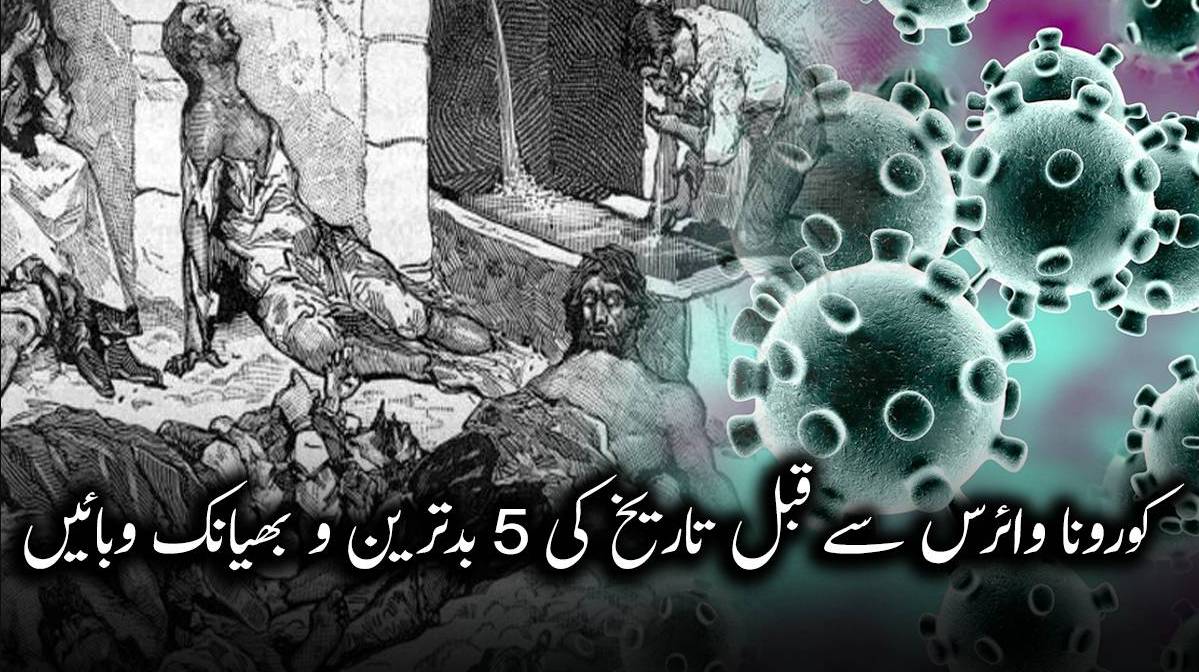‘This small human step is a huge jump for humanity.’
This famous view of Nile Armstrong indicates the achievements in the science and technology world that had been acquired in the form of the first time in the year 1969 in the form of a human being on 50 years ago.
The arrival of the man on the moon was a milestone which also left lasting effects on our daily life.
According to today’s Apollo, Apollo program worth $ 200 billion has opened the path of development in many fields, which we did not know about.
Here are some of them.
1. Cleanliness became easier
Unless wire devices became Apollo prior to the program, but through this program the form of devices that we see today.
For example, the appliance maker Black and Decker made his first such drill machine in 1961 with no wire. The same company made NASA a special drill machine American space agency to collect soil samples in space.
Black and Decker introduced many new home appliances using the expertise and knowledge obtained from this drill machine, in which the world’s first manual vacuum cleaner, Desert Buster, came in 1979. More than 15 million units sold in East Buster were sold in 30 years.
2. Improved time use
The most accurate time was necessary to land on the moon, because the difference between less than a second could have become a problem of life and death in space.
Therefore, it was not surprising that NASA wanted the watches to show extraordinary timing for this mission.
As a result, such modern quartz watches were made, which caused a difference less than a minute in one year.
But interestingly, for the better use of time, the reputation came to conventional mechanical wrist watches that were worn on Nail Armstrong and his fellow Buzz Altron Apollo mission.
3. Clean water supply
Water purification technology on Apollo Missions is used today in many ways to reduce the bacteria, viruses and kitchens in water reservoir.
For this purpose, Apollo mission used the use of silver ion water purification without chlorine.
Now this method is being used to clean swimming pools and water wells around the world.
4. Space wear and lasting shoes
Astronauts are still using suites on the design of the Apollo mission space of the 1965 Apollo mission whose main purpose was protection of astronomers during the moon on the moon.
But this technology also made a major progress for the modern industry of shoe making.
As a result, in the past few decades, many types of elastic and shocking athletic shoes are marketed.
5. Fire-catching clothes
In 1967, three astrologers were killed by a fire during a training mission in Apollo, after which the whole program was under crisis.
But as a result, NASA developed a fire-catching cloth that is now used too much on the ground.
Similarly, during the Apollo mission, a cooling system for astronomers is now being used in many patients, including those who suffer from multiple-pulse fluorescence (MS), even keeping horses calm.
6. New technology for heart treatment
Money Maker is an instrument that is applied to heart patients whose heartbeat is dangerous at risk.
This device was also based on NASA’s ninetric technology technology.
Contrary to the large default hydraulic used in hospitals, pescers are such small nutrient defects that are installed inside the human body and they look at the heart beat and they turn on a shocking shock.
The first money maker was used in 1980.
7. New types of foods
Contrary to short space missions, from 1961 to 1966, Apollo mission was to be in space for the third day.
To reach the Moon, NASA had to keep the spacecraft light and used at least one place. As per this requirement of savings, food was also investigated during the Apollo mission.
The solution was to get fresh cooked food at a very low temperature and then was dried and dried. It was only to eat hot water for food.
This diet also proved to be true for Nile Armstrong and not only easy but very affordable for hiking and camping camps.
8. Special rescue blanket
The space blanket was used to save the Apollo moon from the heat of the sun, which was used by the bright blanket. Due to the same blanket, the moon used to be wrapped in a carpet fuil.
That was the beginning of the living room blankets that show us common today.
These special blankets, which save plastic, film, and aluminum-based life based on NASA’s technology, are commonly used in any emergency and work to protect physical heat.
The same blanket is also used in marathon encounters and hospitals


